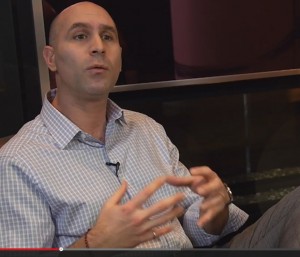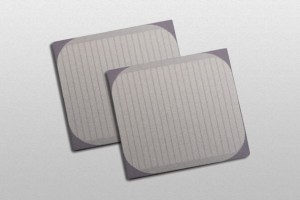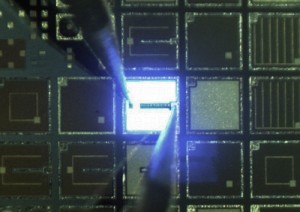 Qualcomm is to buy Ikanos for $47 million to expand its broadband and modem portfolio for fixed line consumer business.
Qualcomm is to buy Ikanos for $47 million to expand its broadband and modem portfolio for fixed line consumer business.
It will help provide, says Qualcomm: ‘a central hub for Internet of Everything (IoE) enabled devices, services and 3G/LTE small cells.’
“Qualcomm Atheros has always viewed the home gateway as the enabler for consumers to not only access the Internet for browsing and downloading content and video streaming, but also as the hub of the Internet in the home for a variety of reliable and high quality services,” says Qualcomm’s Rahul Patel, “the combination of Qualcomm Atheros’ broad home gateway IP portfolio, including Wi-Fi, powerline, small cell, and Ethernet switch technologies, and Ikanos’ advanced wired modem technology, is designed to create a complete solution for a wide range of home gateway products to better serve the carrier segment.”
What Ikanos brings to Qualcomm is: A/VDSL2 and G.fast modem technology and chipsets for consumer premises equipment (CPE) and central office (CO) infrastructure; multi-mode gateway processor and accelerator technology for fibre, LTE, Ethernet and hybrid-copper applications; Ikanos’ inSIGHT software for remote diagnosis, management and optimisation of the broadband connection and quality-of-service, and VoIP integrated access devices and bridges.






